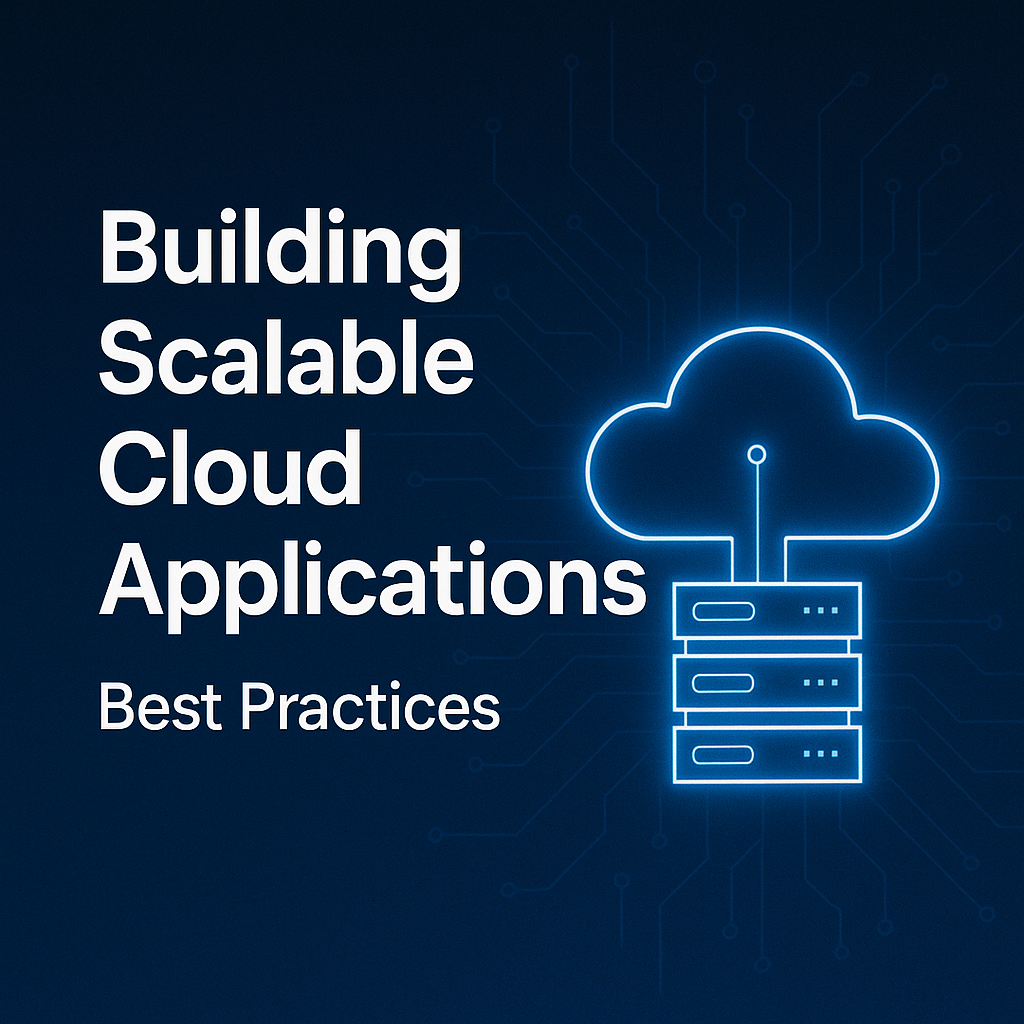
Building Scalable Cloud Applications: Best Practices
Learn the essential best practices for building scalable cloud applications that can handle growth and high traffic loads.
Building scalable cloud applications requires careful planning, architecture design, and implementation of best practices. In this comprehensive guide, we'll explore the key principles and strategies for creating applications that can grow with your business.
1. Microservices Architecture
Breaking down monolithic applications into smaller, independent services allows for better scalability, maintainability, and deployment flexibility. Each microservice can be scaled independently based on demand.
2. Database Design for Scale
Choosing the right database strategy is crucial for scalability. Consider using:
Database sharding for horizontal scaling
Read replicas to distribute read operations
Caching layers to reduce database load
NoSQL databases for specific use cases
3. Auto-scaling and Load Balancing
Implement auto-scaling policies to automatically adjust resources based on demand. Use load balancers to distribute traffic evenly across multiple instances.
4. Monitoring and Observability
Comprehensive monitoring is essential for maintaining scalable applications. Implement logging, metrics, and tracing to understand system behavior and identify bottlenecks.
5. Security at Scale
As applications scale, security becomes more complex. Implement proper authentication, authorization, encryption, and network security measures.
Conclusion
Building scalable cloud applications is an ongoing process that requires continuous optimization and monitoring. By following these best practices, you can create applications that perform well under any load.